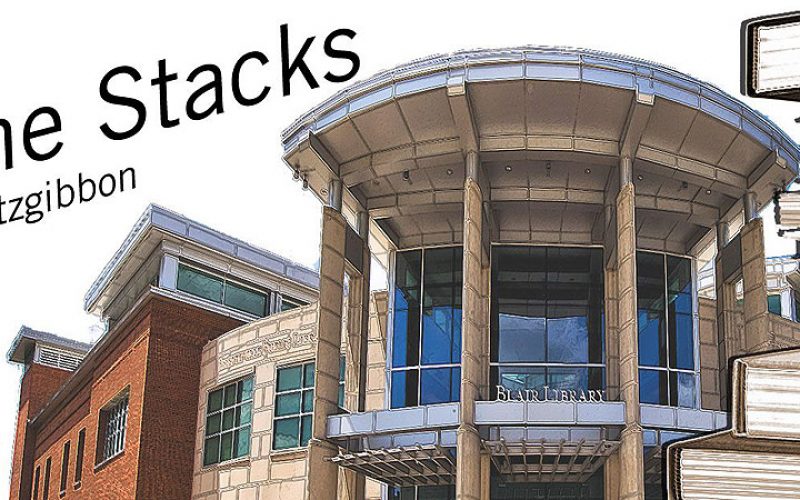‘Ocarina of Time’ Passes on its Crown
 By Mike Mahardy
By Mike Mahardy
TFW Contributing Writer
The Zelda series has always been a mainstay in the Nintendo games lineup, converting hardcore and casual gamers alike. From the release of the original Legend of Zelda on the first Nintendo to the newsest addition, every game has a fascinating new take on the legend of Link and his quest through Hyrule to save Princess Zelda.
Demonstrations prior to the release of the Nintendo Wii five years ago showcased motion controls on a home console, promising to diversify the video game experience. With franchises such as Zelda, Mario and Metroid, gamers anticipated a thrill ride of possibilities. Unfortunately, the Wii never utilized the motion controls to the extent that was promised.
Until now.
For fans of the Zelda franchise, the motion controls were most likely the biggest concern for this game,
threatening to hinder the experience. However, this facet is an amazing addition to an already sterling series. Skyward Sword takes advantage of the Wii Motion Plus in every way, creating one of the most engaging games to date. The player’s motions with the remote literally manifest themselves via Link’s hands, allowing crisp swordplay and numerous other abilities. Rolling bombs, balancing on ropes, and climbing along edges – all normally mundane tasks – take on a thrilling aspect in “Skyward Sword.” Battles are no longer fought through simple button presses, but through flicks of the wrist and slashes that correspond with the virtual environment.
The storyline is also a vast improvement upon prior chapters, creating a sense of characterization that is usually taken too lightly with the Zelda games. In addition to the fact that Skyward Sword ties up several loose ends in the Zelda timeline, a sense of connection is established with the characters over the length of the game.
The game opens on Skyloft, a floating town in the clouds with cheerful residents and peaceful customs. Little is known about the surface world below them, and no one seems to be bothered by that fact. To navigate through the clouds, the population uses loftwings, large birdlike creatures. Once again playing the silent hero archetype, Link is tasked with saving Zelda (now a childhood friend instead of a princess) through the first half of the game. Link is granted the Skyward Sword, allowing him to magically travel beneath the clouds, opening up a breathtaking new world for exploration. The new character Fi acts as Link’s mentor and guide, and her robotic speaking and lack of understanding of human customs expresses an amusing view of other characters’ actions.
The art design in Skyward far outshines any other game in the series, combining a subtle maturity and a vibrant color palette. The environments are gorgeous, with wide-open vistas and rich textures, fueling the desire to explore. The lush forests of the Faron province stand in stark contrast to the arid desert region of Lanayru, although both (in addition to every other area) are designed perfectly in terms of appearance and layout.
Although the different regions are more disconnected than the larger worlds of previous titles, the paths leading up to the puzzle-oriented dungeons are designed to be puzzles in themselves. With almost every new environment, a new type of gameplay is demanded. Each portion of the map must be navigated differently. Steep slopes, hidden air vents, and magic gems all provide mind bending improvements to the standard traveling mechanic of the other games. In place of a large open world, the player must back-track to previous areas in order to progress. While this sounds tedious, new enemies are present in later walkthroughs, among other variations to the already different paths.
The title for best Zelda game has always been up for grabs, and every Zelda fan has his/her own opinion. For the first time in the series, however, that title is secured beyond any doubt, making Skyward Sword not only the best Zelda game, but also one of the best video games created in the past five years.




